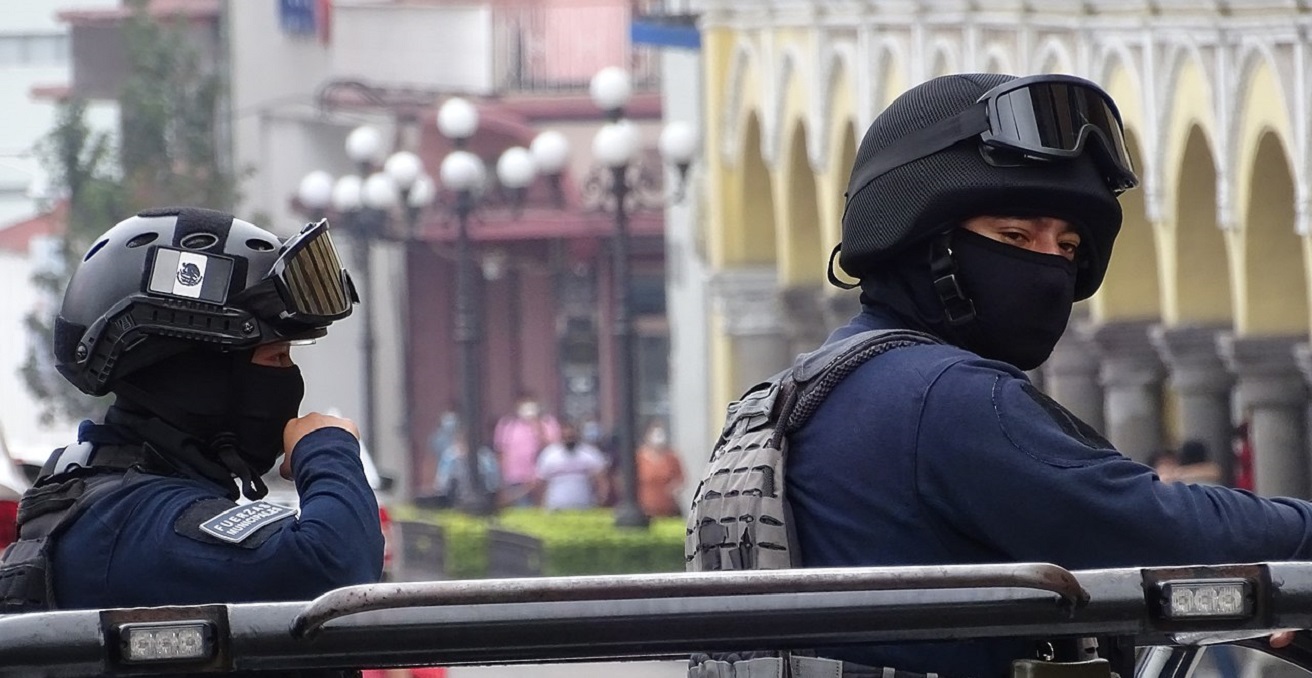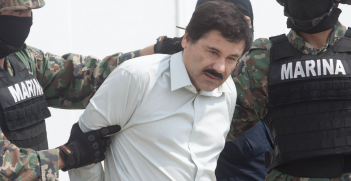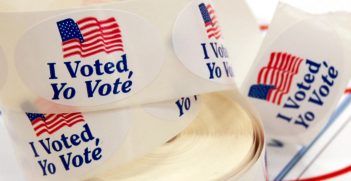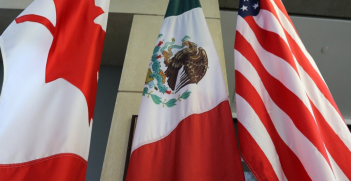"Hugs, Not Bullets": Government Policy and Cartel Violence in Mexico

The recent conflict in Mexico between police and drug cartels has again demonstrated that the monopoly of violence is not in the hands of the government. In the past two decades, cartel operations and violence have expanded despite attempts to limit and quash their growth.
In early January this year, Mexican soldiers arrested Ovidio Guzmán-López, the 32 year-old son of the former leader of the Sinaloa cartel, Joaquín “El Chapo” Guzmán, who is serving a life-sentence in the US for drug trafficking and money-laundering.
The arrest, in the provincial capital, Culiacán, was accompanied by furious violence from the cartel – 29 people were killed, including ten soldiers. Vehicles were burned, planes at the airport were fired on, and the town was virtually under siege. But, finally, Guzmán-López was airlifted to a maximum security prison. The Mexican state had already tried to arrest him in 2019 and spectacularly failed to do so. After he was taken into custody, around 700 cartel gunmen, equipped with armoured vehicles, rocket launchers, and other heavy weapons, went into action. They took hostages, and finally, the Mexican President ordered his release. The cartel had won.
Both episodes illustrate the immense power of criminal cartels in Mexico and the weakness of the Mexican state in the face of it – to the point where some have referred to Mexico as a “failed state.”
The Sinaloa cartel has roots in about half of Mexico’s states. There are about a dozen major cartels and various splits within them. The oldest of them, including the Sinaloa, Gulf, and Juarez cartels, have existed for many decades.
Understanding the current crisis in Mexico means an exploration of the domestic and international changes that have taken place between organised crime and the Mexican state over time. The ruling party in Mexico – the Partido Revolucionario Institucional (PRI), was in power continuously from 1929 to 2000. Although elections were held on schedule over that period, the PRI never lost. With its control of mass organisations among the peasantry and urban workers, it was impossible, for most of that time, for any opposition to establish itself. It had the appearance of democracy but was, in fact, highly authoritarian. It was, as the novelist Mario Vargas Llosa once put it, “the perfect dictatorship.”
One element of this tight control of all aspects of society was the PRI’s relationship with the cartels. Mexico had a long history of drug – especially cannabis – production and sold some of the surpluses into the United States across their shared 3,200-kilometre border. The cartels operated in a “don’t ask – don’t tell” relationship with the PRI. As long as the cartels did not interfere with its political control and did not cause too much disruption, they could go about their business. At the same time, they could buy influence and protection in government and among the local police – especially at the municipal level; Mexico has around 1,500 poorly-resourced municipal governments.
By the 1970s, two things were beginning to disrupt this cosy relationship. The first was the weakening of the Mexican state and the PRI’s hold on it. In the 1960s and through much of the 1970s, it appeared that Mexico might be the first Third World country to get close to First World levels of industrialisation and living standards. In the 15 years to 1981, its real GDP rose by a cumulative 66 percent. The collapse, when it came, was very hard indeed. In the seven years after 1981, real GDP actually fell by 16 percent. In 1982, Mexico became the first Latin American country to default on its huge foreign debt, ushering in a decade of debt crisis and International Monetary Fund restructuring. All this created great difficulties for the political system that had sustained the earlier boom. Its efficient but very rigid system of social control began to break down.
Businesses, like the cartels, had been prepared to stay out of politics and let the PRI run the state as long as the economy was strong and the PRI allowed them to keep massive profits from it. The party of business, the Partido Acción Nacional – the National Action Party (PAN) – was not a serious contender for power until the dirigiste economic model began to collapse in the 1970s and 1980s. But finally, in the year 2000, the PAN candidate, Vicente Fox, a former Coca-Cola executive, was elected president of Mexico. The 71-year rule of the PRI was over. The protection afforded to the cartels, but also the limitations placed on them, by the PRI was also at an end.
The second change was a result of foreign pressures beginning in the 1970s. Colombian cartels, at that point, began to see Mexico as an ideal location from which to smuggle drugs, especially cocaine, into the world’s biggest drug market – the United States. The trade was now truly big business. In 1971, President Richard Nixon announced the “war on drugs,” bringing greater pressure on the Mexican cartels.
In the 1990s, the Colombian cocaine cartels came under intense attack, culminating in Plan Colombia at the end of the decade, in which the US and Colombian governments combined to break them up. This gave the Mexican cartels the ability to play a greater role in the trade, and they took it. The combination of strengthening Mexican cartels and weakening government institutions meant that the cartels began to become a threat. The drugs they traded in diversified to include – as well as cannabis and cocaine – fentanyl, heroin, and methamphetamine.
A major moment in the conflict took place in 2006 when President Felipe Calderón declared an open war on the cartels. Troops were sent to the northern border. This was followed by the US-led Mérida Initiative to disrupt the drug trade. The cartels responded to the crackdown with a massive escalation in violence, which has not diminished to this day. At the same time, the pressure they were under meant that splits occurred within them, and the number of significant cartels rose from about six to eight in 2006 to about 12 or 13 by 2012.
The nature of extra-legal, armed organisations such as these is that once the apparatus of force is established, it can be used in ways not connected to the original drug trade. They moved into protection rackets, kidnapping, and assassinating political and journalistic opponents. In all of this, they had plenty of access to guns. About 90 percent of their weapons are bought legally in the very open US gun market and taken south across the border. There is also a never-ending supply of young recruits. Even during Mexico’s long period of stable economic growth, it had one of the world’s most unequal distributions of income. Low wages and extreme poverty make the offer of much better remuneration from the cartels very tempting.
The nature of a business regulated by violence is that there is a tendency to carve out geographical territories as the boundaries between each of the cartels. Unfortunately, most of Mexico can now be included in these fiefdoms.
One estimate is that 360,000 people have died in the battle with and between the cartels since 2006. Is there a solution? The current Mexican President, Andrés Manuel López Obrador, came to office promising “Abrazos, no balazos” (Hugs, not bullets) and an attempt to reduce poverty and raise wages as a partial solution. However, the violence has continued. The legalisation of drugs in the US could be a partial solution if it were politically possible. This almost certainly would reduce the income of the cartels. However, they have shown themselves to be remarkably adept at moving into new areas of illegal business. Unfortunately, the horrendous price paid in human lives over the last 16 years shows no sign of ending in anything like the near future.
John Minns is Emeritus Professor at the School of Politics and International Relations, Research School of Social Sciences, Australian National University. He is the former director of Australian National Centre for Latin American Studies.
This article is published under a Creative Commons Licence and may be republished with attribution.





